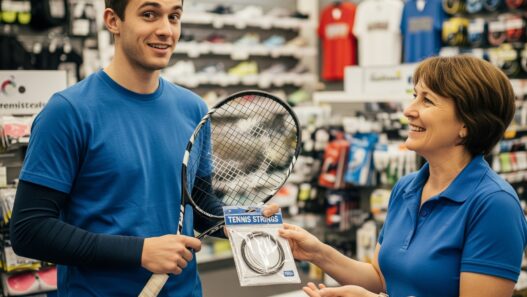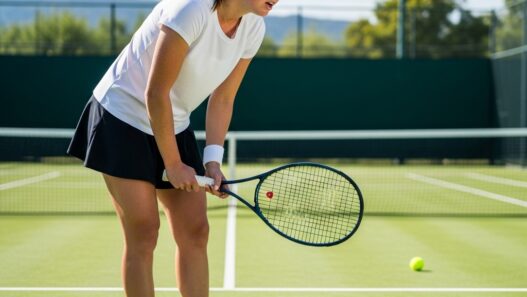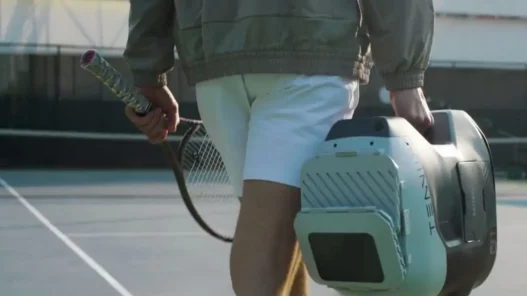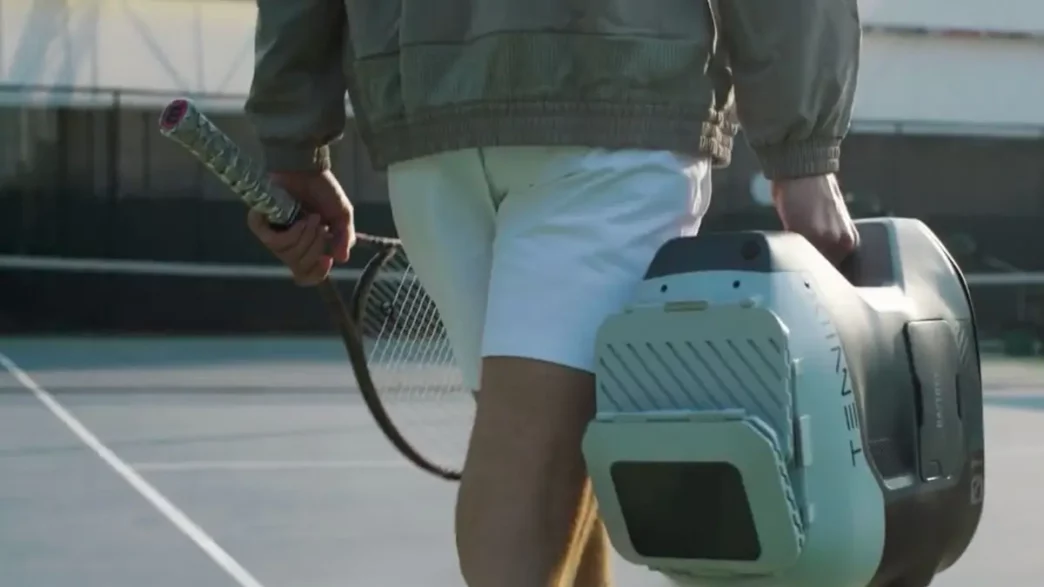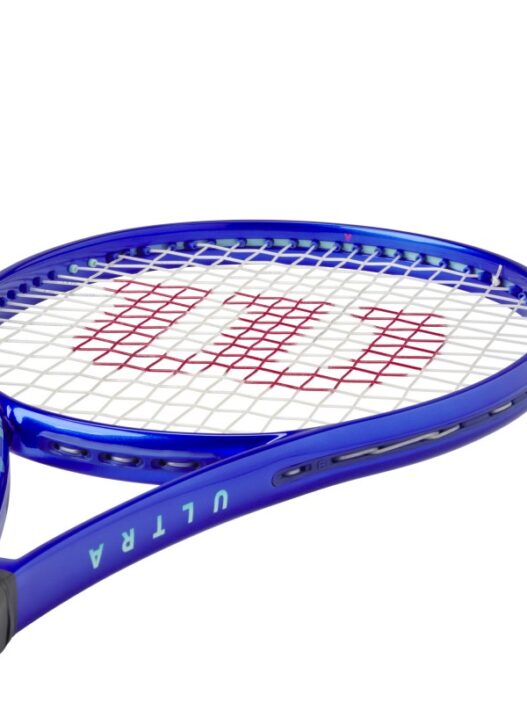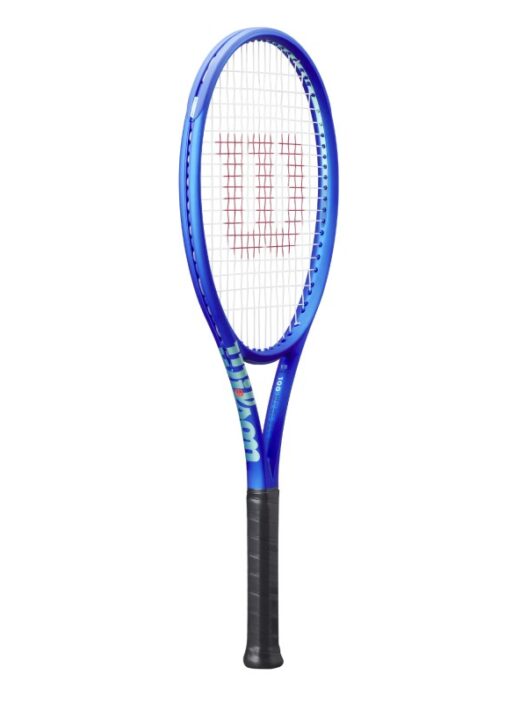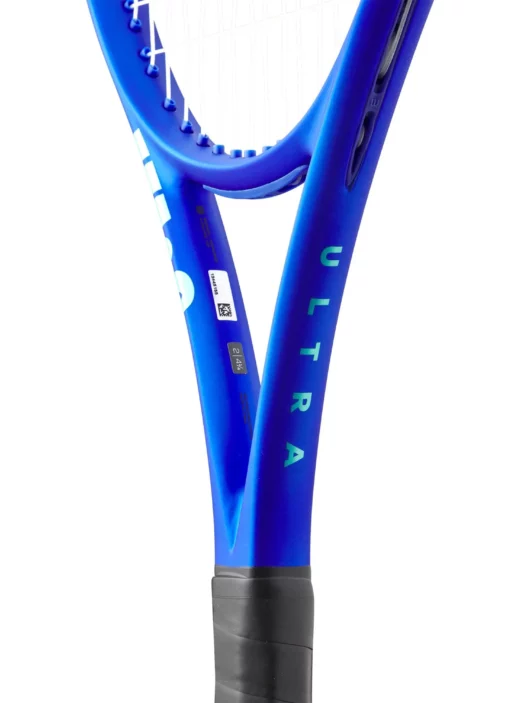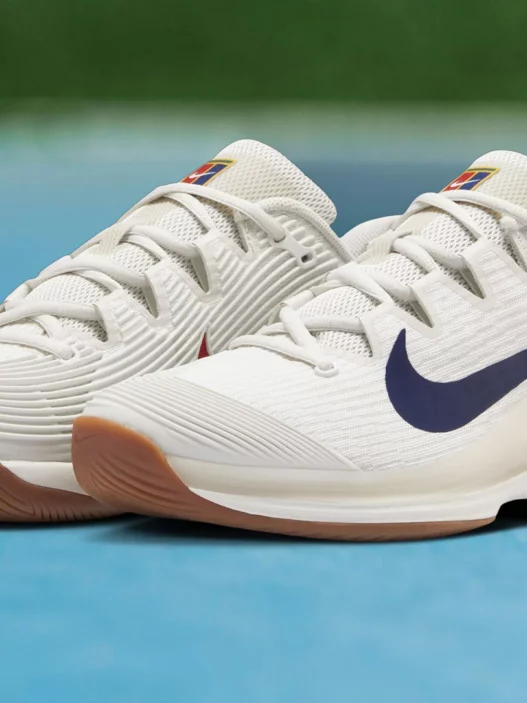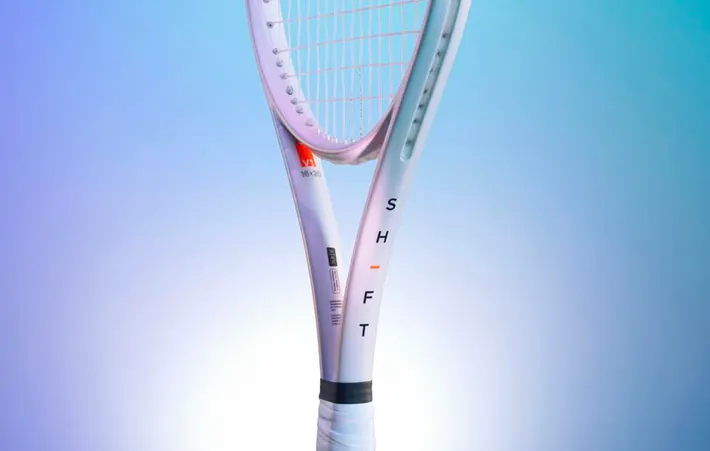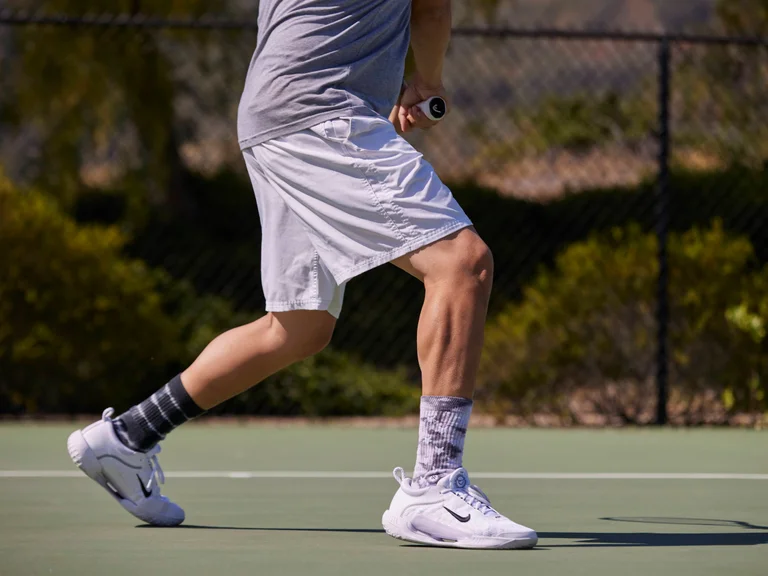On crisp weekend mornings at my club, the usual banter about back‑hands and drop‑shots has given way to something different: an unfolding fascination with wearables that track our every step, stroke, and heartbeat. We’ve moved beyond the old drills—now it’s about footwork metrics, swing speed, and real-time coaching delivered straight to our wrists. For players like me—weekend warriors seeking small improvements—the latest wearable tech feels like a quiet revolution.
Take the Zepp 2.0 Tennis Sensor and Babolat Pop, two small yet powerful devices discussed in our club pro’s group chat. You clip Zepp to your racket handle and suddenly you’re tracking swing speed, spin rate, and ball impact location. Babolat Pop, worn as a wristband, logs shots, movement, and even connects socially so you can compare stats after practice. Both made lists of top gadgets on KitRadar’s “Top 10 Tennis Sensors” guide, praised for making analysis accessible to ordinary players like us.

Then there’s the Babolat Play racket and its successors, which have built-in sensors for swing analysis, and smartwatches like Garmin or the Apple Watch running apps like SwingVision, which sync shot count, stroke type and even heart rate in real time. SwingVision, for example, identifies strokes—serve, forehand, backhand—with up to 98 percent accuracy and gives data on speed and placement. One club member who tested it reported seeing her serve speed, calories burned, and even distance covered during drills, all from her wrist.
Spike, our head coach, has introduced some of these tools in training. Last week, he attached sensors to our rackets and set up a standard drills session. We later reviewed shot dispersion and stroke counts. One partner discovered she hit 50 topspins for every flat ball, giving her a fuller picture of her tendencies. We’ve begun using heart-rate measures too, with wearables alerting us when we’re above ideal zones—prompting a pause to hydrate or speed up depending. LondonLovesBusiness covered how wearables track heart rate and footwork, adding that they can help prevent overtraining by flagging when a player is pushing too hard.
Even the latest research supports what we suspect. A 2022 study demonstrated that wearable sensors placed on the body could distinguish serves, forehands, and even footwork types (“alert,” “running”) with 94–98 percent accuracy. For simple club-level players, that’s the kind of feedback once available only to elite athletes.
Our WhatsApp group has swelled with links to SwingVision tutorials and debates over whether the Pulse Play smart scoring watch or Smash Wearables wristband offers better stroke tracking. In fact, one member even shared their favorite Reddit tip: Garmin Forerunner 165 seems to work well as a tennis watch for Android users.

Yes, there’s a learning curve. Fitting sensors, syncing apps, knowing what metrics matter—that takes time. But gradually, the data begins to tell stories: how often you sprint in a rally, whether your serve is gaining speed, if your footwork has shifted sluggishly after an hour on court. Some of us have started setting micro‑goals—ten percent more backhands, hitting 20 extra sprints in a session—far beyond what any coach could observe in real time.
This isn’t about turning club tennis into a stats factory. It’s about connection—to our bodies, our game, our progress. Watching your heart rate peak during a long rally, or seeing shot patterns shift after a new drill, adds texture and insight. Wearables are carving space for smarter, more deliberate play.
The tools evolve fast. Next up will be devices that merge stroke and movement data more seamlessly. One prototype sensor—placed at the cervical spine—reported 98 percent accuracy for forehands and serves, and 74 percent for backhand slices. That’s impressive, though volley detection still challenges the algorithms.
Back on club courts, we’re curious and cautious, hopeful but grounded. Wearables are no substitute for good stroke mechanics or patience, but they help bridge the gap between feeling and knowing. Our drives feel sharper, our footwork cleaner, and our sessions more purposeful.
So next time you hear a student ask, “What’s your spin rate today?” during a warm‑up rally, you won’t be surprised. Tennis isn’t just measured by score anymore—it’s felt in beats per minute, swing counts, court meters sprinted. And for a game that once existed in the mind, in muscle memory, that feels refreshingly precise. The old wooden rackets may be gone, but the data-driven player is here to stay.








